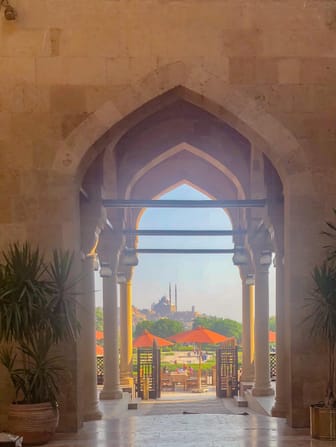Egypt 12-day adventure: Cairo, Luxor, Aswan & the Red Sea

Step into the heart of ancient Egypt
Journey through time with this unique 12-day itinerary inspired by Assassin’s Creed Origins. This guide invites you to walk the path of Bayek, the Medjay, as you explore Egypt’s most iconic locations: from Giza’s awe-inspiring pyramids to the mystical temples of Luxor, the Nubian heartland of Aswan, and the crystal-clear waters of Marsa Alam on the Red Sea.
Why these 4 destinations?
Egypt’s rich history, vibrant culture, and stunning landscapes make it a dream destination for travelers. Each city in this itinerary offers its own unique slice of Egypt, drawing visitors with distinct historical significance, cultural depth, and unforgettable scenery.
From the ancient wonders and vibrant markets of Cairo to the serene, historical allure of Aswan, the monumental treasures of Luxor, and the natural beauty of Marsa Alam, this 12-day journey will show you Egypt through its most iconic sites, cultures, and landscapes, all inspired by the legendary adventures of Assassin’s Creed Origins.
Cairo: the gateway to Egypt's wonders
Cairo is essential for understanding Egypt’s ancient past and modern culture. With landmarks like the Great Pyramid and the Egyptian Museum, visitors can explore millennia-old artefacts, monuments, and architectural marvels.
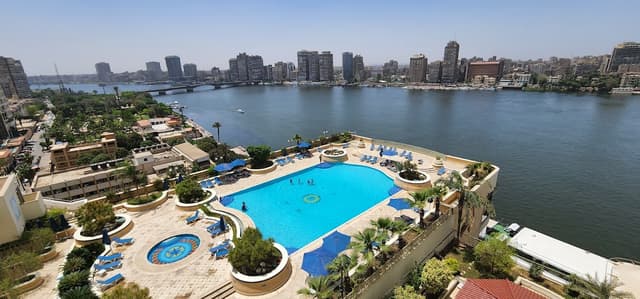
Cairo’s lively markets, like Khan El Khalili, and its delectable street food scene add to the city’s charm, giving travellers an authentic Egyptian experience that blends the old with the new.
Aswan: the jewel of Nubia
Aswan’s charm lies in its peaceful atmosphere and significant historic sites. The nearby Temple of Philae, dedicated to the goddess Isis, is a magical place steeped in ancient mythology, while the Abu Simbel Temples are among Egypt’s most iconic archaeological treasures.

Aswan’s riverfront offers the perfect setting for sunset felucca rides, and the unique Nubian culture, distinct from Egypt’s other regions, gives visitors a fresh perspective on Egyptian life and traditions.
Luxor: the world's greatest open-air museum
Luxor is a treasure trove of history, holding many of Egypt’s most famous temples and tombs. It offers travelers an unparalleled opportunity to walk among pharaonic monuments and explore tombs that date back thousands of years.
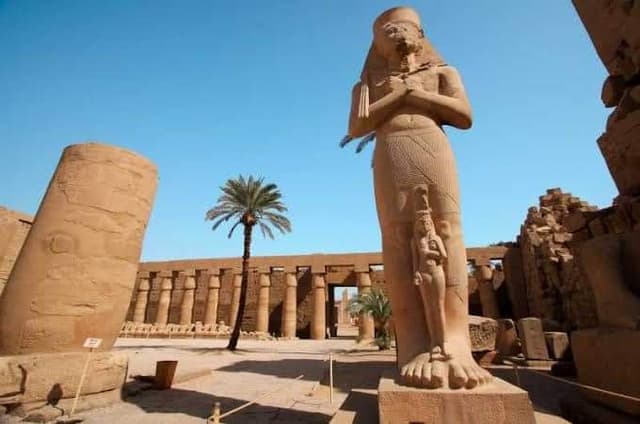
Key sites like the Valley of the Kings, Temple of Hatshepsut, and Luxor Temple provide an immersive experience, where travelers can feel the grandeur of ancient Egypt. For history enthusiasts and Assassin’s Creed Origins fans, Luxor’s detailed and well-preserved sites are a must.
Marsa Alam offers a different side of Egypt, blending adventure with relaxation. Known for dive sites like Elphinstone Reef and Shaab Samadai (Dolphin House), Marsa Alam allows visitors to experience Egypt’s incredible marine life up close, with vibrant coral reefs and chances to swim alongside dolphins.
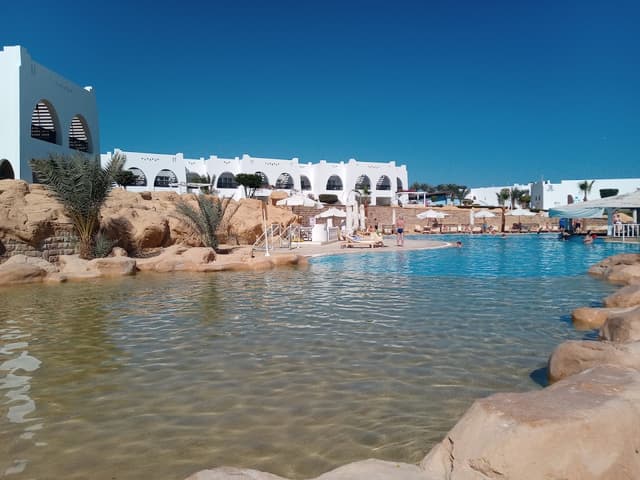
Beyond the beaches, Marsa Alam’s remote desert landscape makes it an excellent spot for stargazing and exploring Egypt’s natural beauty, offering travelers a tranquil escape from the busier cities.
Why this guide?
This is more than just an itinerary; it's an immersive experience that combines historical sites featured in Assassin’s Creed Origins with practical travel tips and insider information. Dive deep into Egypt’s fascinating history, explore off-the-beaten-path locations, and witness the grandiosity of ancient temples and tombs just as they might have looked in the time of the Pharaohs.
Who is this guide for?
• Fans of Assassin’s Creed and ancient history enthusiasts
• Solo travelers, couples, and families looking to explore Egypt in-depth
• Adventurous travellers eager to balance history with modern experiences
Journey through Egypt
If you need a further break down of Egypt before diving deep into the timeless land, don't miss out and save my 'Journey Through Egypt' guide.
Itinerary
Days 1-2: Cairo
Exploring the Ancient Wonders
First off we arrive in Cairo, Egypt’s bustling capital, a city of contrasts. Here, modern skyscrapers and traditional souks coexist with some of the world’s oldest monuments, like the Pyramids of Giza and the Sphinx. Cairo is not only the beating heart of Egypt but also the gateway to the ancient wonders of the world, drawing millions every year with its vibrant energy and rich history.
Evening
Evening exploration of Khan El Khalili Bazaar, one of Cairo’s oldest markets. This vibrant market is reminiscent of Bayek’s world, where trade and culture intertwined.

Don’t miss an Egyptian tea or coffee at El Fishawy Café, an institution in itself; or at Naguib Mahfouz café.
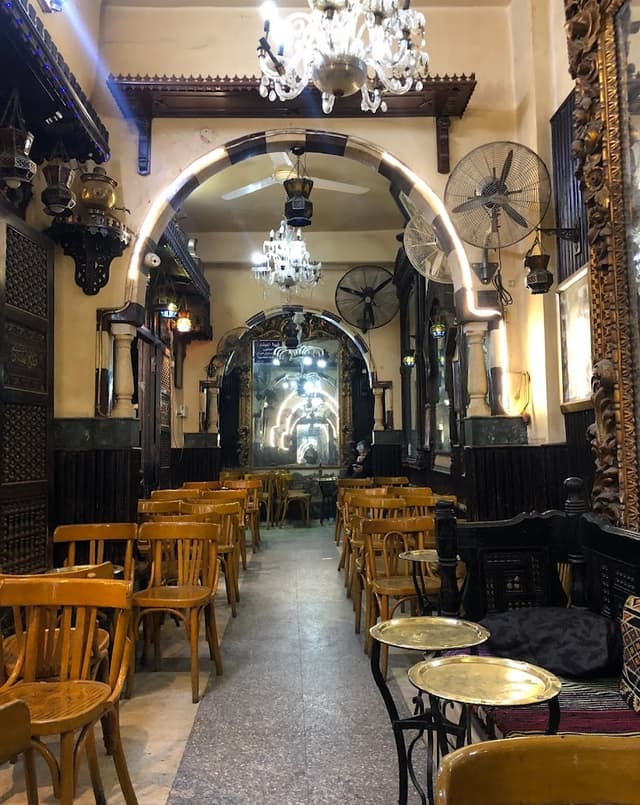
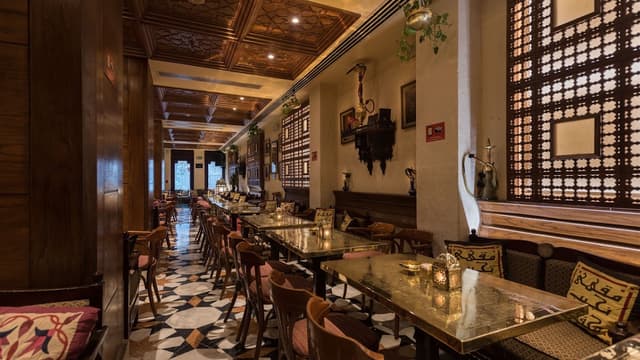
Where to eat
Accommodation
Downtown Cairo offers easy access to top sites and a variety of accommodation options, from boutique hotels to luxury stays.
Day 2: The Giza Plateau
Pro Tip: Arrive early to avoid crowds and enjoy cooler temperatures.
Morning
Explore the Great Pyramid of Giza, Pyramid of Khafre, and Pyramid of Menkaure. Don’t forget the Sphinx, one of the most iconic symbols of ancient Egypt.
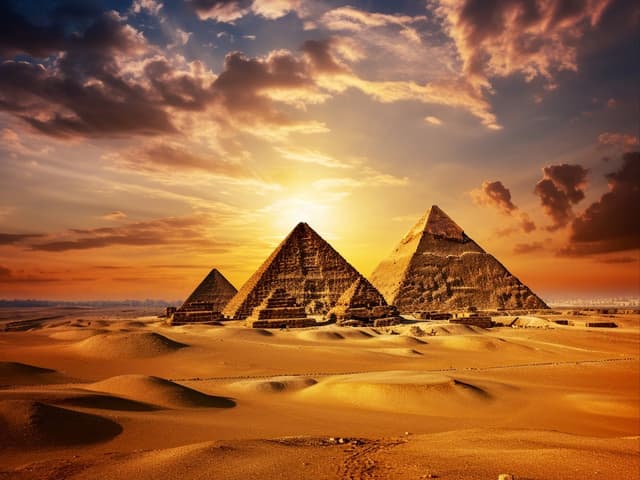
Grab a bite with the view a lifetime
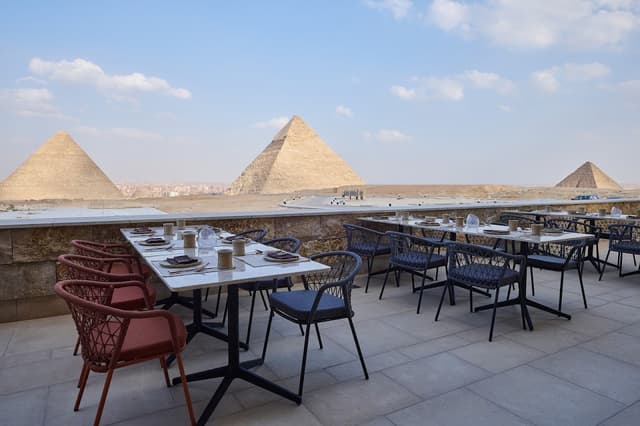

Afternoon

Visit the Grand Egyptian Museum (or Egyptian Museum in Tahrir Square if the new museum isn’t open). Familiarize yourself with artifacts such as Tutankhamun’s treasures and statues that bring Assassin’s Creed Origins to life.
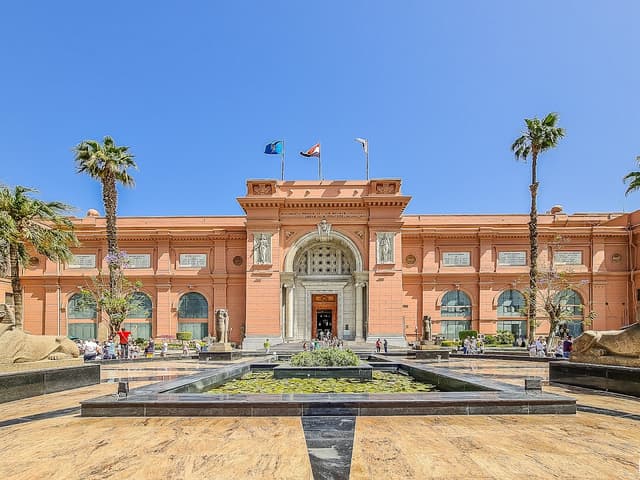
Dusk
Consider booking in advance a horse riding adventure in the desert at KFB stables. A British/ Egyptian managed desert horse riding stable found both at Giza and Saqqara.
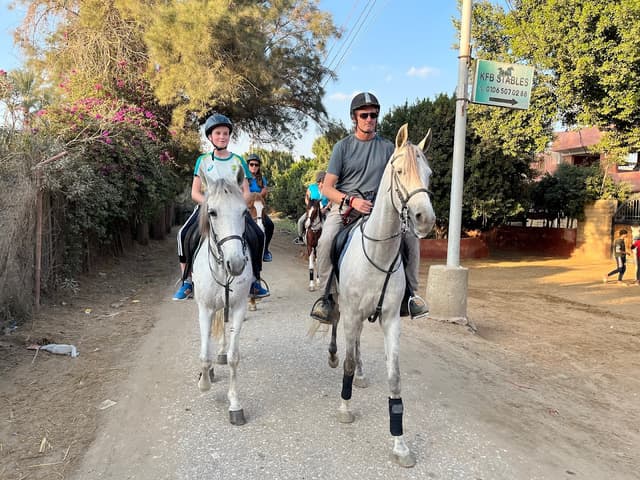
The animals there are all rescues and well taken care of, and the staff ensures you leave with unique memories.
Evening
Have an authentic Egyptian dinner after such an epic day at one of my recommended spots.
Days 3-5: Aswan
Located along the Nile River, Aswan is known for its tranquil beauty, Nubian heritage, and breathtaking temples. It’s a quieter, more relaxed destination compared to Cairo, offering an authentic glimpse into Nubian culture with colourful villages, friendly locals, and stunning riverside views.
Day 3: Travel to Aswan
✈️ Transportation: Fly from Cairo to Aswan or take a train for a scenic Nile journey.
Evening
Relax along the Aswan Corniche or book a felucca ride to Elephantine Island to take in the sunset.
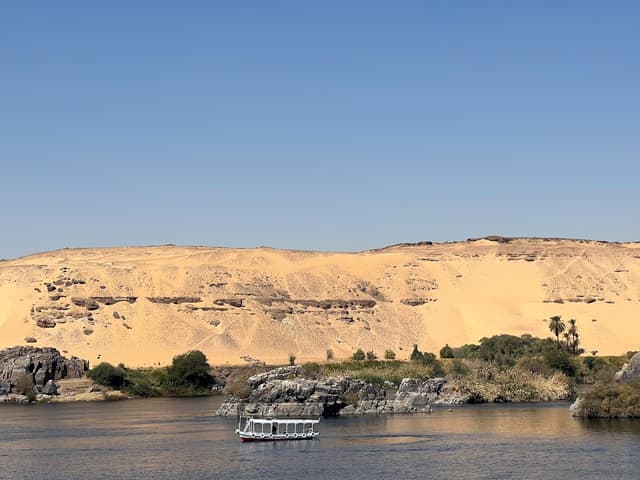
Day 4: Abu Simbel
Full Day Trip: Head to Abu Simbel to see Ramses II’s awe-inspiring rock-cut temples. Stand before the colossal statues and imagine the scenes Bayek might have encountered in Origins.
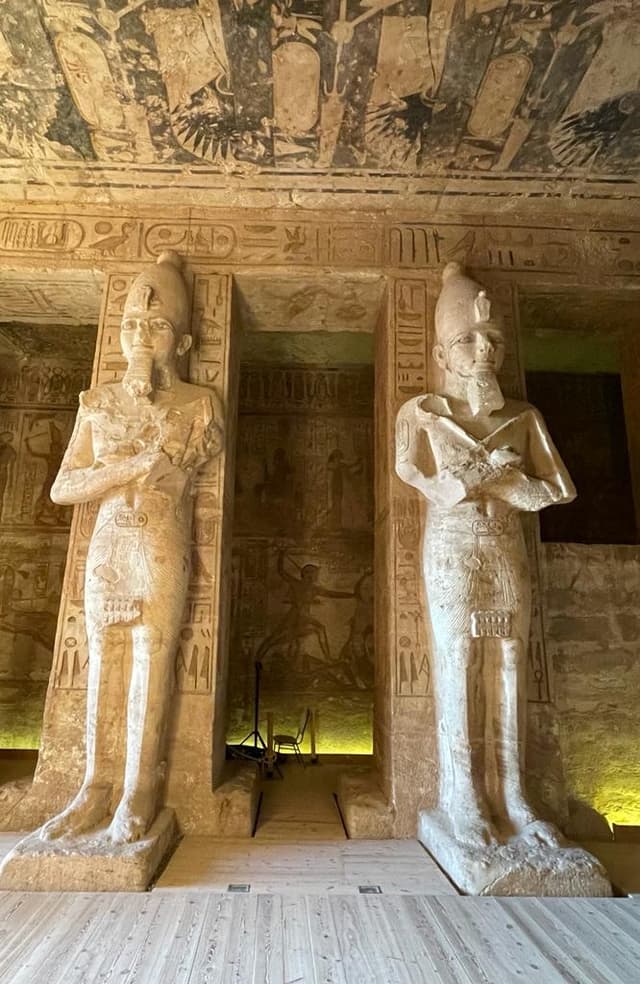
Pro Tip: Bring water and snacks, as the temple complex is remote and facilities are limited.
Day 5: Key Sites in Aswan
Morning

Visit Philae Temple dedicated to Isis, accessible only by boat. A beautiful example of ancient Egyptian architecture, it feels like stepping back in time.
Afternoon
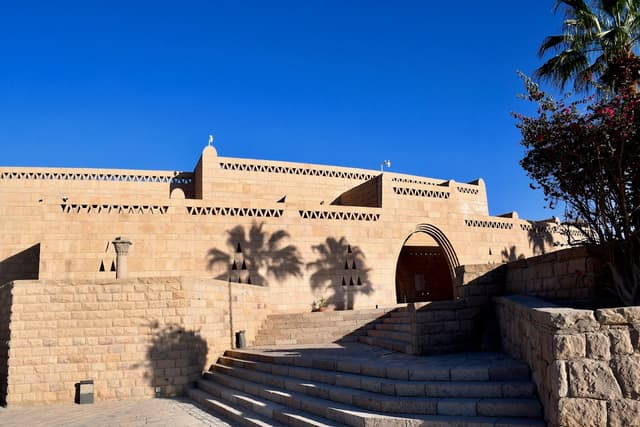
Tour the Nubian Museum to learn more about the rich Nubian culture.
Evening
Enjoy a meal at a Nubian restaurant, sampling dishes like molokhia or fatta.
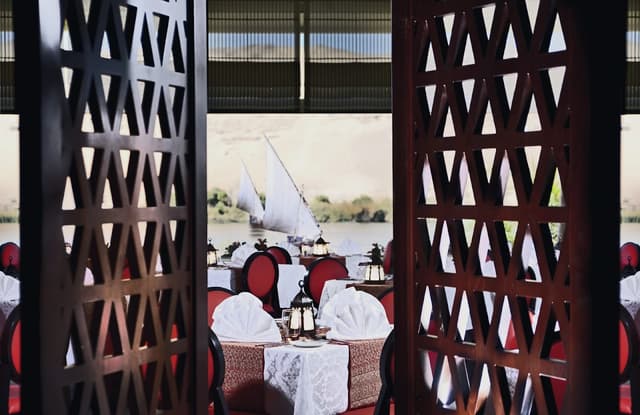
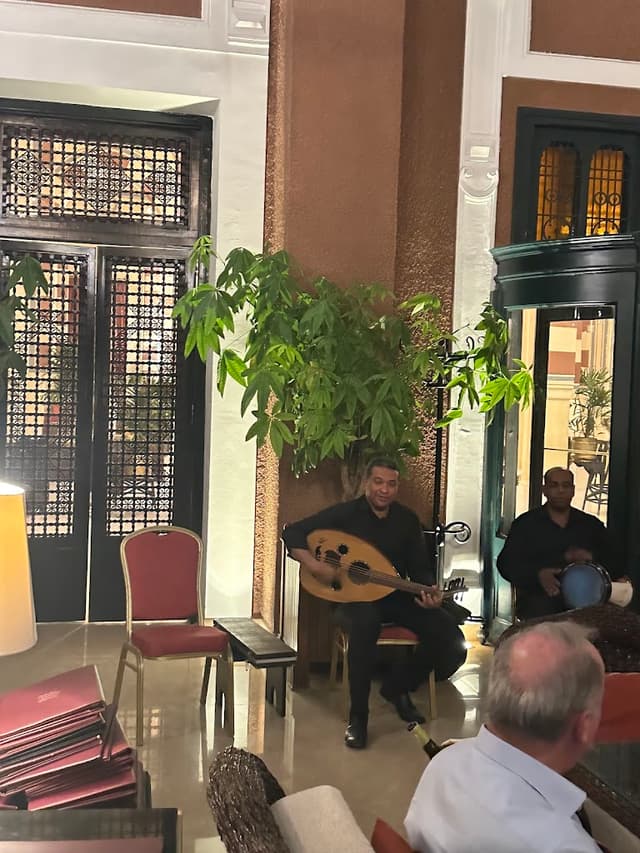
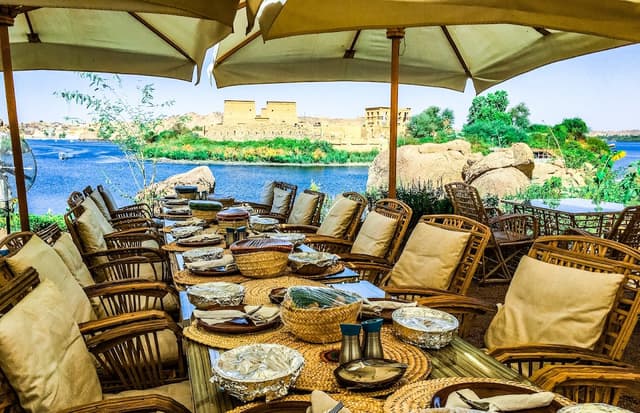
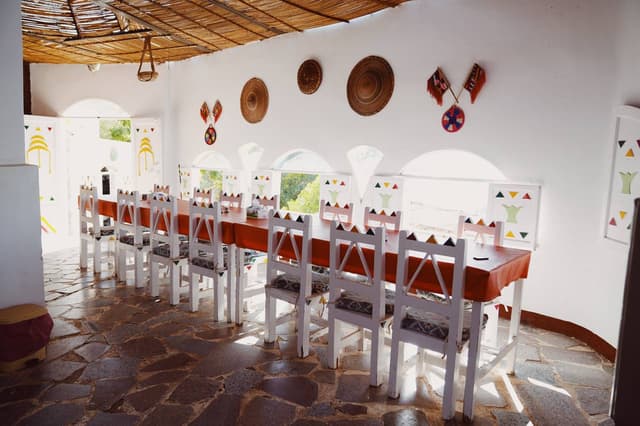
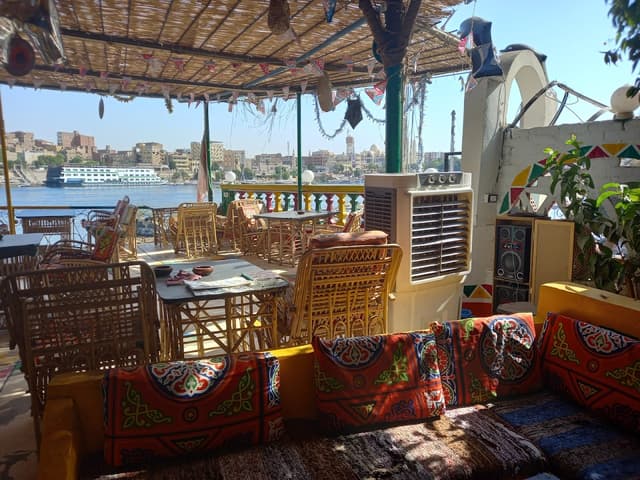
Accommodation
Here is a list of recommended places to stay when in Aswan:
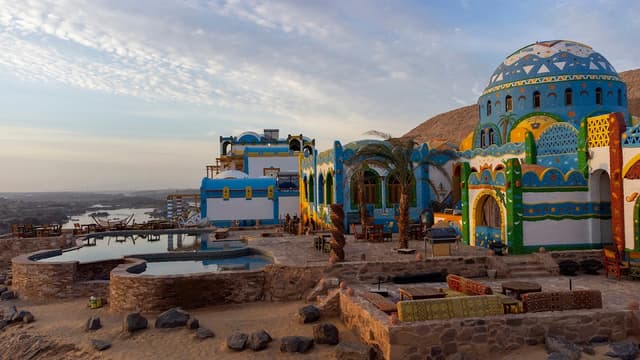
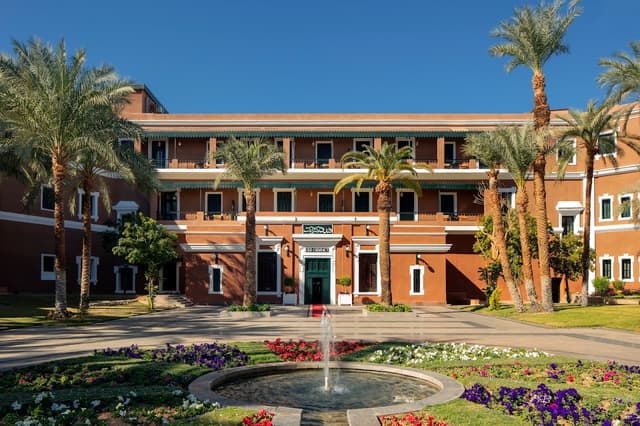
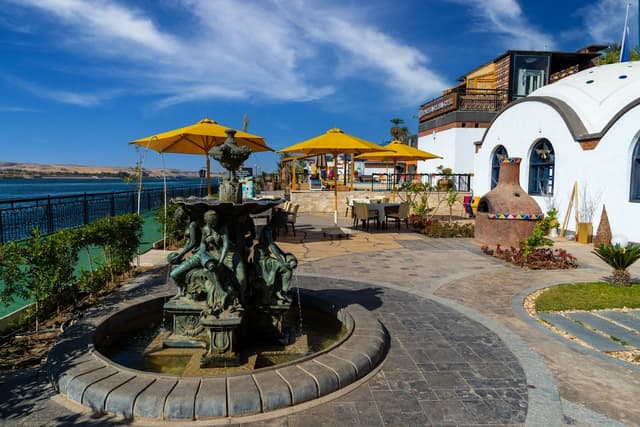

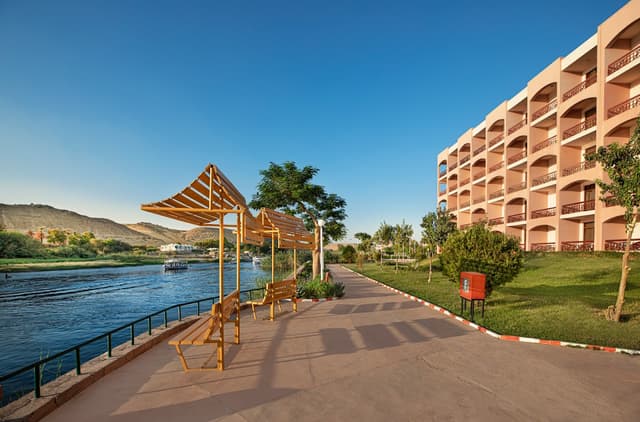
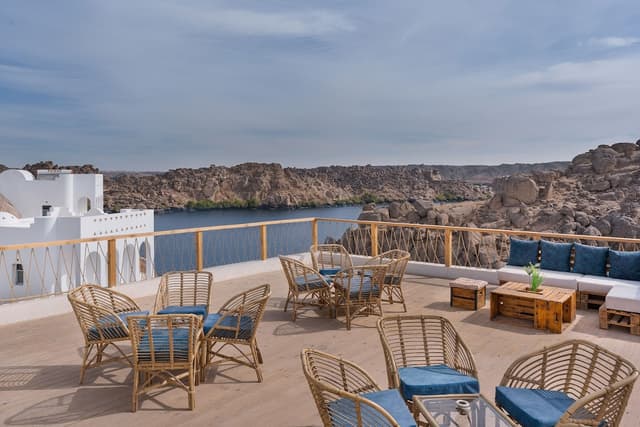
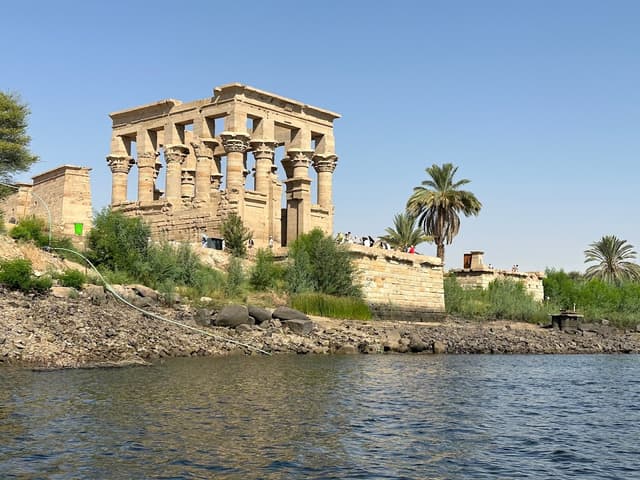

Days 6-8: Luxor
Luxor, often called “Thebes” in ancient times, is considered the world’s largest open-air museum. Situated on the east and west banks of the Nile, Luxor is home to some of the most significant archaeological sites in Egypt, including the Valley of the Kings and the monumental Karnak Temple Complex.
Day 6: Arrival in Luxor
✈️ Transportation
Travel from Aswan to Luxor by train, car, or a luxury Nile cruise for a more leisurely option.
Evening
Relax at the Nile Corniche.
Day 7: Karnak and Luxor Temples
Morning
Start with Karnak Temple – its massive pillars and Hypostyle Hall are breathtaking and featured in Origins.
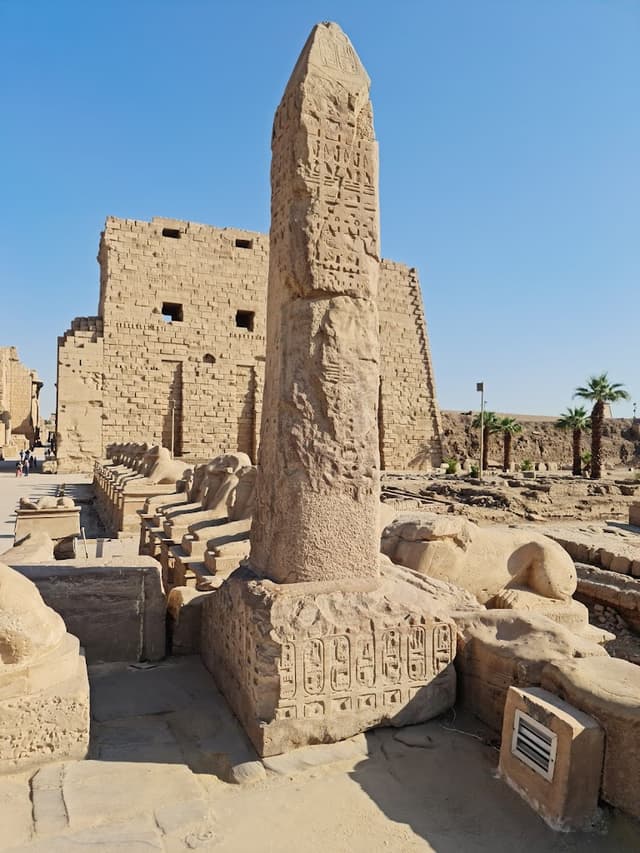
Afternoon
Visit Luxor Temple at sunset. This temple complex is best experienced when it’s softly lit and not as crowded.
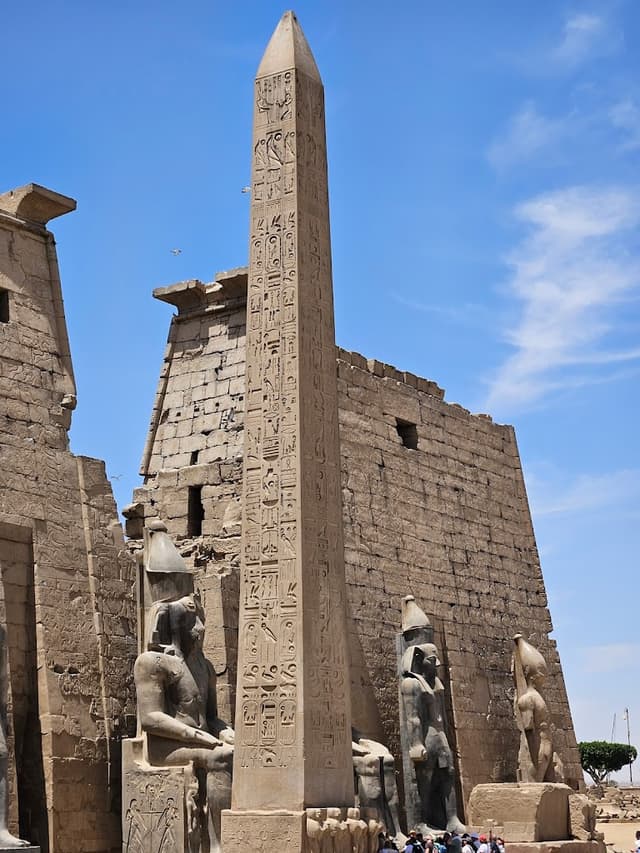
Pro Tip: Wear comfortable walking shoes and bring plenty of water, as both sites require extensive walking.
Where to eat in Luxor

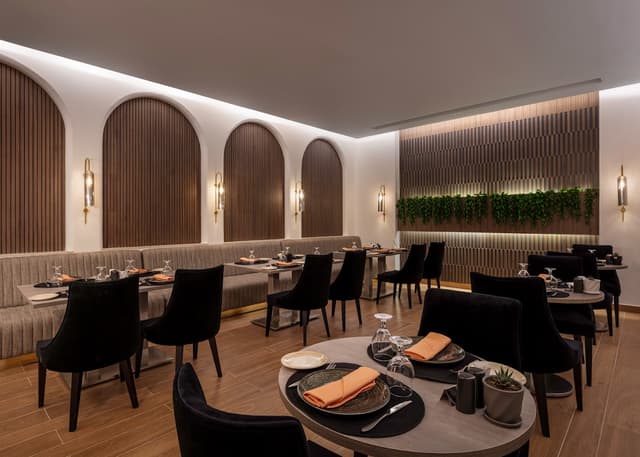

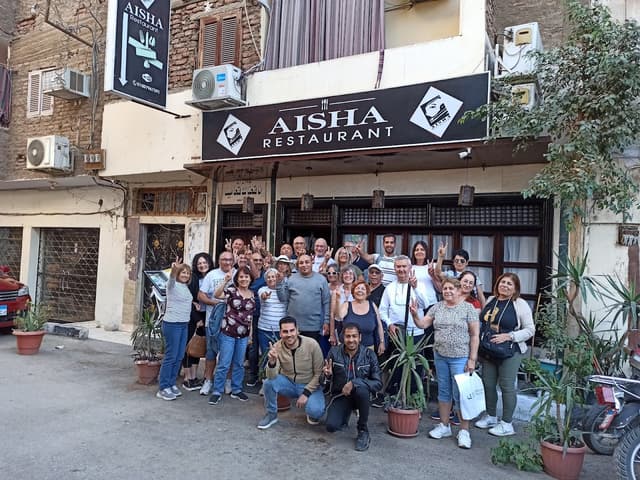
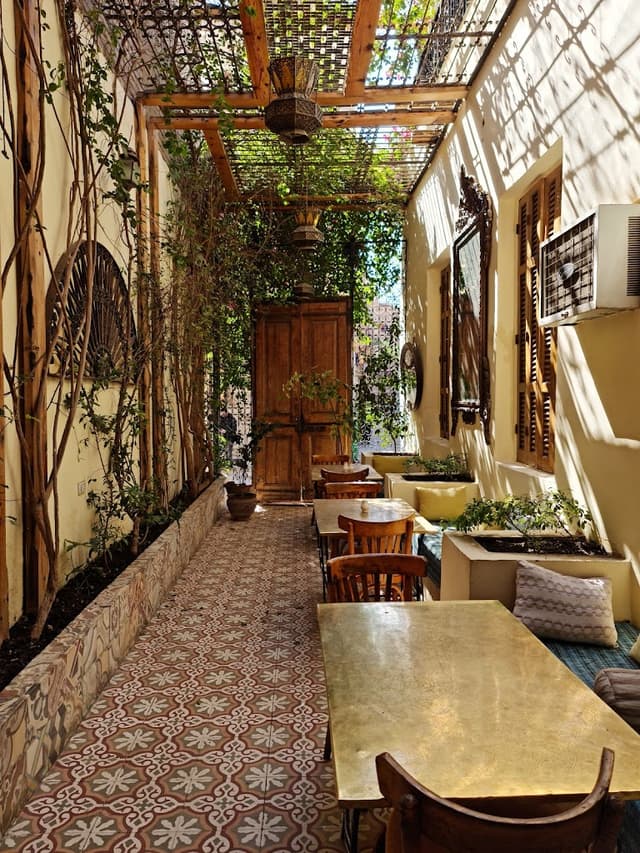
Day 8: West Bank Tombs and Valleys
Morning
Visit the Valley of the Kings to see famous tombs like those of Tutankhamun and Ramses VI.
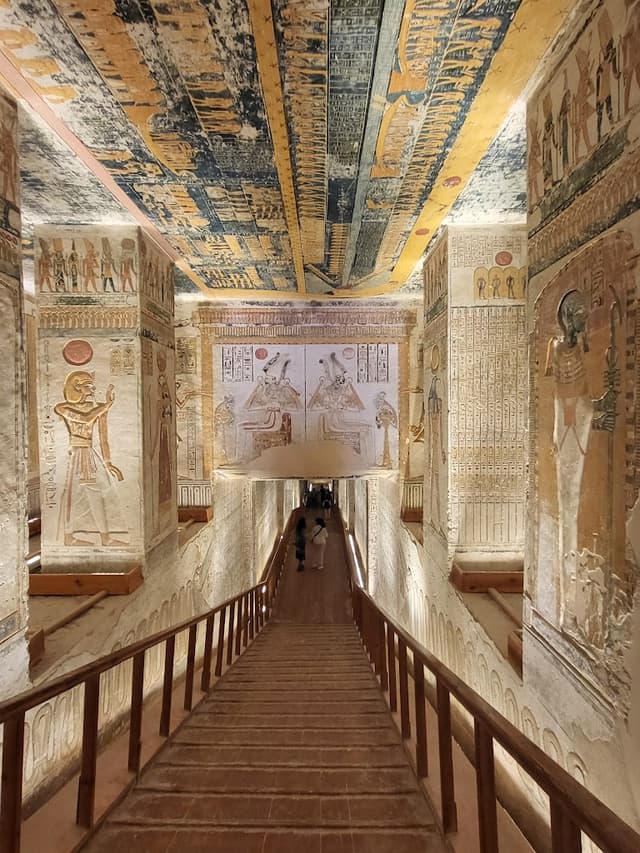
Afternoon
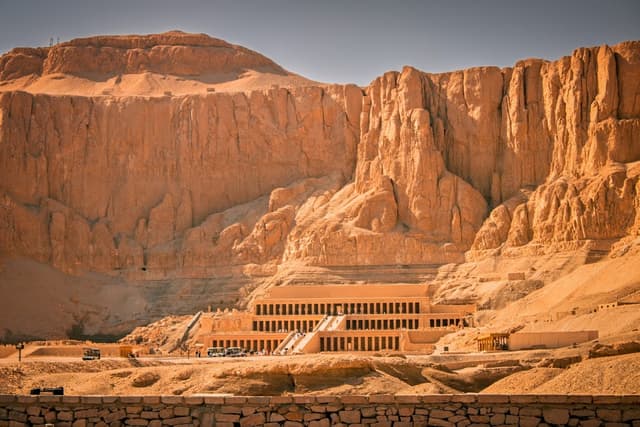
Explore the Temple of Hatshepsut and Medinet Habu, sites Bayek would likely recognize.
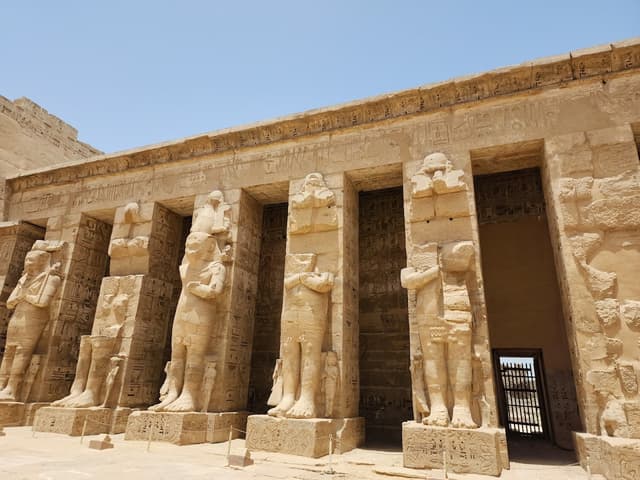
Evening
Return to your hotel for some relaxation.
Accommodation
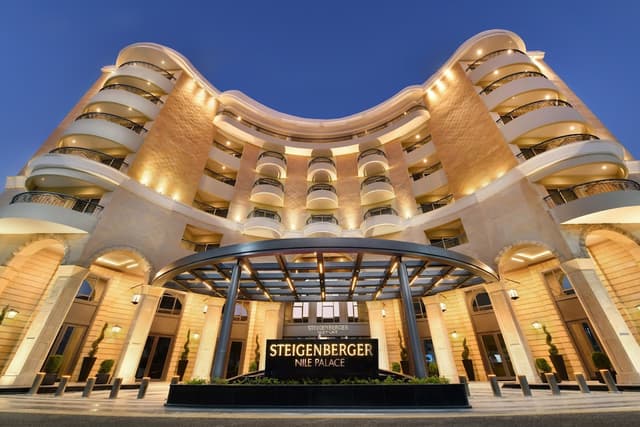
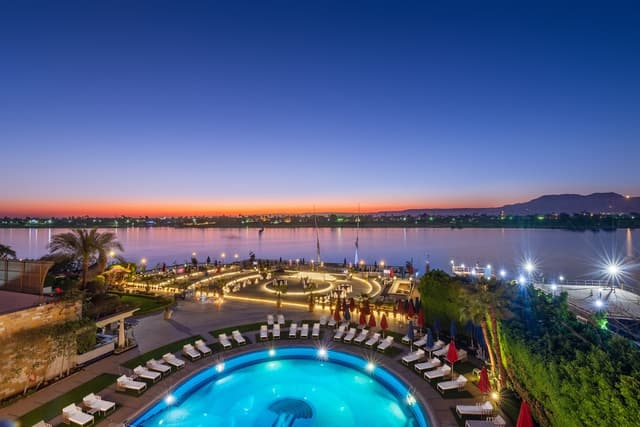
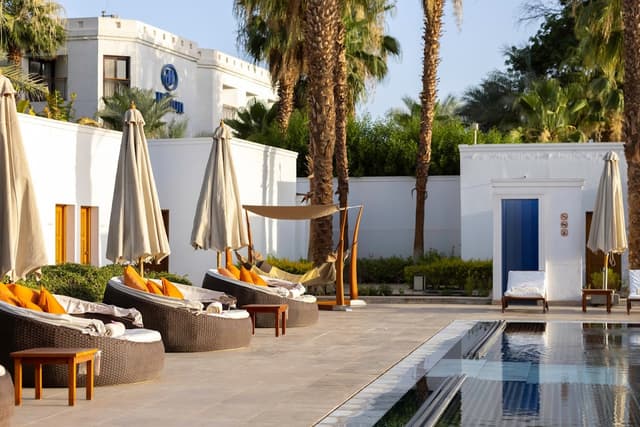
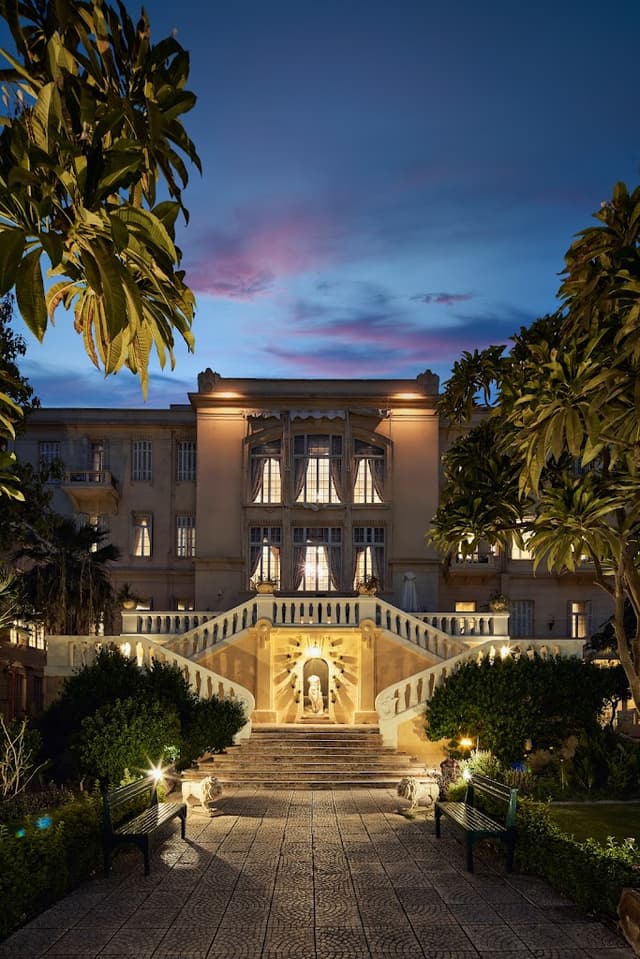

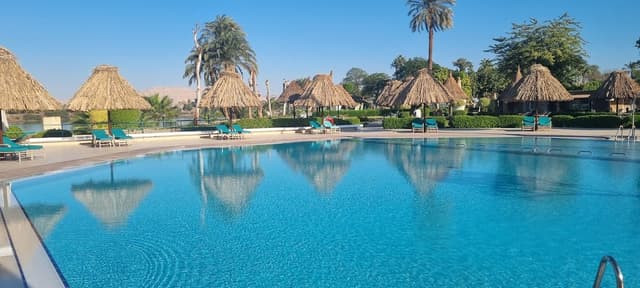
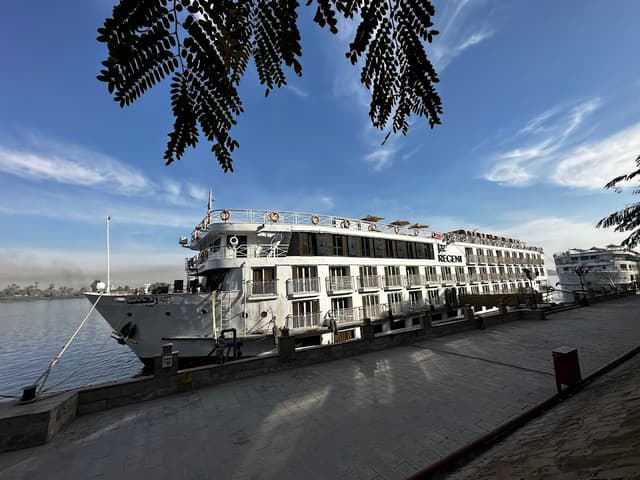

Days 9-11: Marsa Alam
Marsa Alam, located on Egypt’s eastern coast along the Red Sea, is known for its pristine beaches, colorful coral reefs, and untouched marine life. Originally a small fishing village, it has transformed into a paradise for snorkelers, divers, and those looking to relax by the sea.
Day 9: Travel to Marsa Alam
✈️ Transportation
Private car or arranged transport from Luxor. Optionally flight with transfer through Cairo,
Evening
Check into a beachfront hotel or resort.
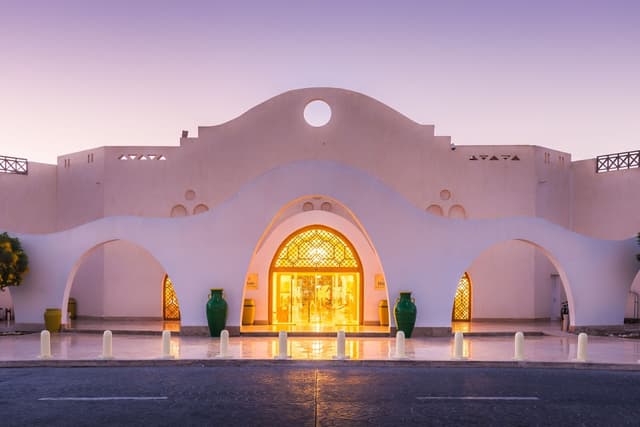
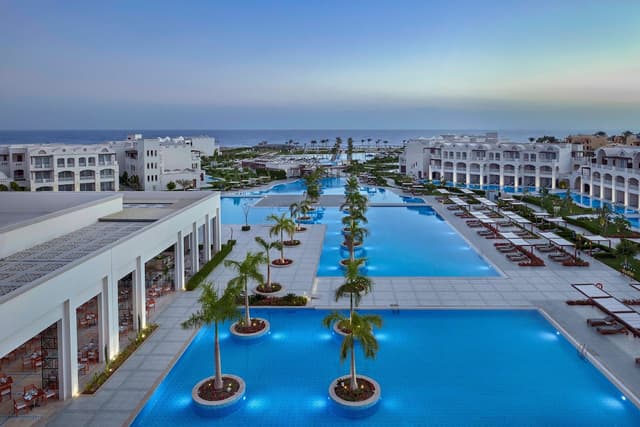
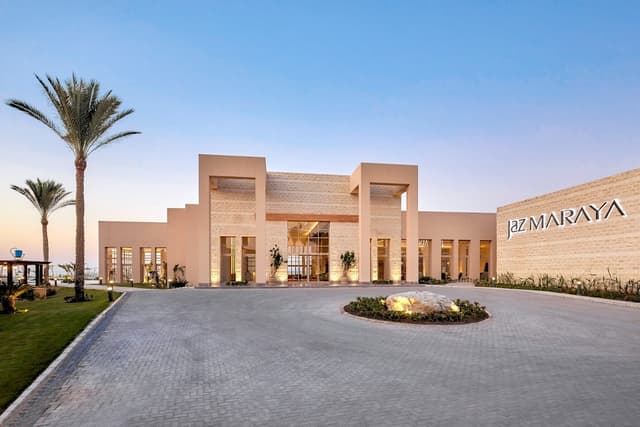

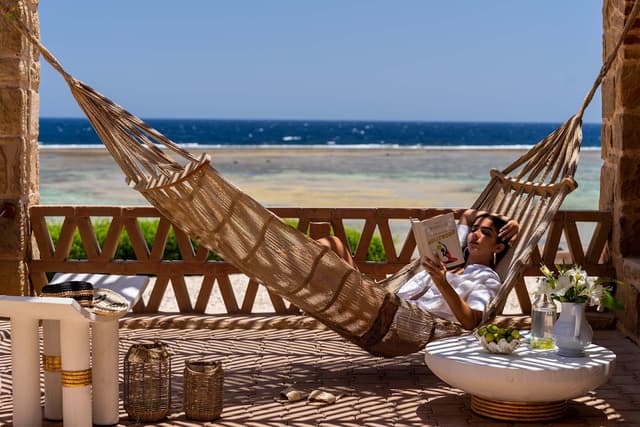
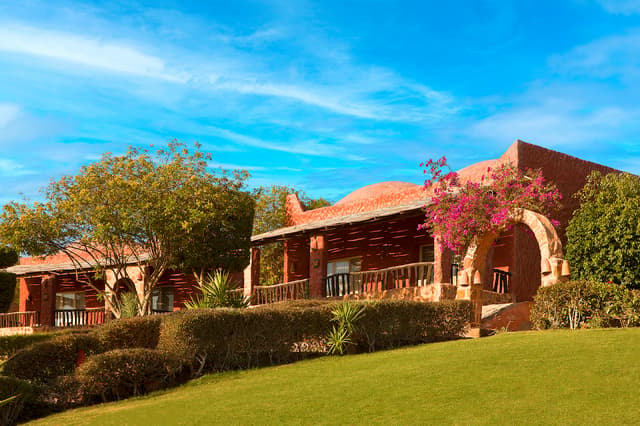
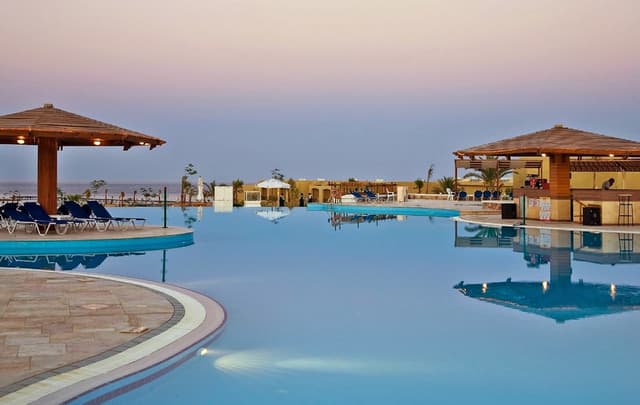
Day 10: Red Sea Adventures
Full Day
Snorkeling or diving at Elphinstone Reef or Shaab Samadai (Dolphin House) for encounters with colorful coral reefs, exotic fish, and maybe even dolphins.

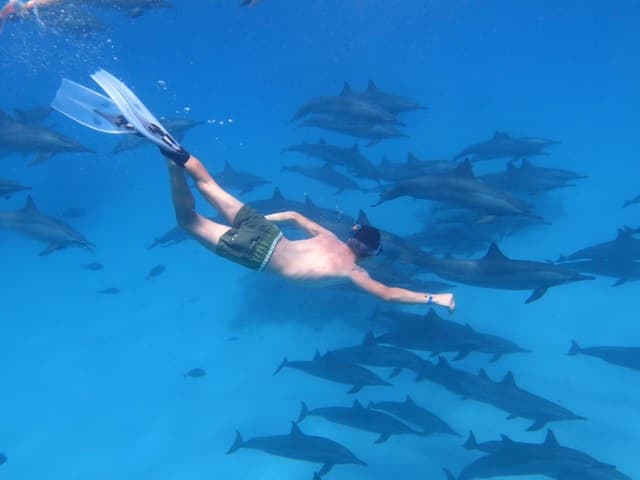
Pro Tip: Book with a reputable diving center to ensure eco-friendly practices. Some of my suggestions are:
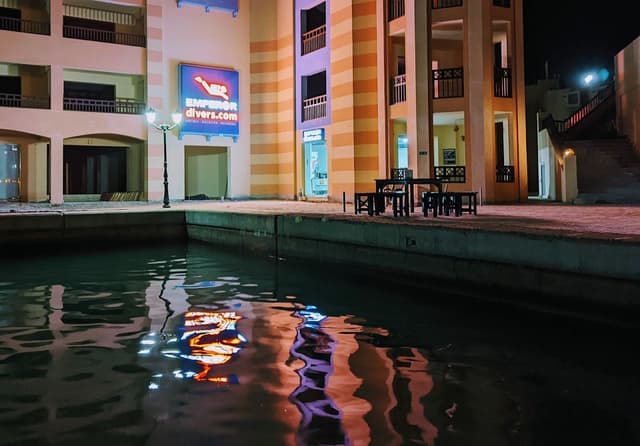
Day 11: Desert and Stargazing
Morning
Beach relaxation, diving or a visit to Wadi el-Gemal National Park for a desert safari.
Evening
Join a stargazing tour for an awe-inspiring experience of the desert night sky, or do the same while staying a board.
Dive, Relax, Explore, Repeat
Save my in-depth guide of Marsa Alam for all things eat, sightseeing and diving.
Egypt's Sea Magic
Venture beyond the colourful coral reefs of Marsa Alam and into the vast wonders of the Red Sea. This new 10-day itinerary is designed for the divers and merpeople, a guide that visits all main coastal cities of Egypt to discover history beyond the surface.
The sea calls -itinerary variation
Cairo 1-2 days > Marsa Alam up to 4 days > Luxor > Aswan
✈️ End & Return to Cairo
Return to Cairo for your departure, or enjoy any last-minute Cairo activities like visiting local neighbourhoods or trying a final Egyptian meal.
Neighbourhoods to check out:
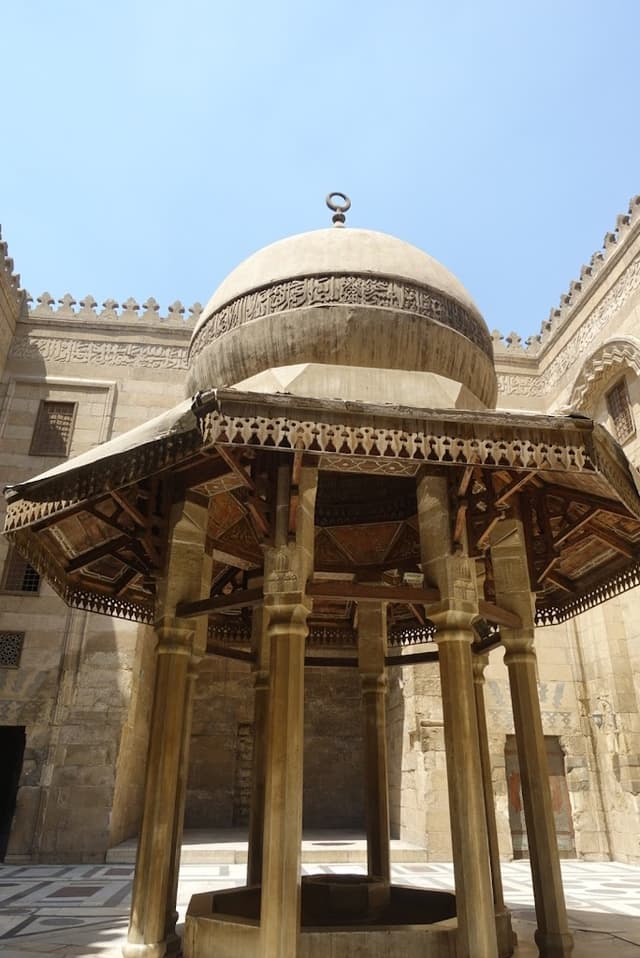
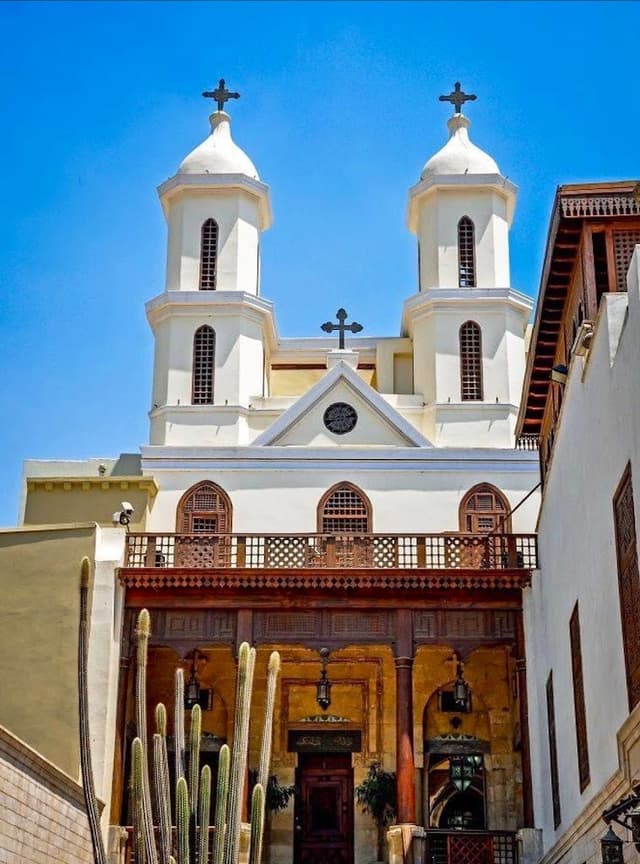
If you are still hoping to explore ancient Egypt a bit more, KFB Stables, mentioned earlier in this itinerary during the Cairo days, also offers rides and tours around Saqqara pyramids.

Siwa Oasis
Up to 3-day optional itinerary extension
Siwa, an oasis town located near Egypt’s western border, is one of the country’s most isolated yet stunning destinations, surrounded by date palm groves, salt lakes, and the vast Sahara Desert. This off-the-beaten-path location is well worth a visit for travelers who crave a blend of adventure, serenity, and cultural immersion.
Siwa also holds a special significance for fans of Assassin’s Creed Origins, as it is the birthplace and home of Bayek, the game’s protagonist and the last of the Medjay, a class of elite warriors who protected Egypt.
In the game, Siwa is depicted as a secluded desert oasis with deep cultural roots, mirroring the real-life charm of the town. As Bayek’s home, Siwa represents a place of strength, resilience, and mystery, and visiting this oasis offers travelers a tangible connection to the character’s origins and the mystical atmosphere portrayed in the game.
By exploring Siwa’s ancient temples, salt lakes, and serene landscapes, visitors can walk in the footsteps of Bayek, experiencing the land that shaped his character and ideals. The Temple of the Oracle, a site featured in Assassin’s Creed Origins, is especially noteworthy, as it represents Siwa’s historical significance and adds an authentic layer to the game's immersive world. This extension brings fans closer to the spirit of Bayek and the ancient landscapes that influenced his journey, making Siwa a must-see for Assassin’s Creed enthusiasts.
Why Siwa?

This extension is perfect for travelers seeking both adventure and tranquility, adding a peaceful, introspective chapter to a rich Egyptian journey.
Getting to Siwa
Siwa is remote, located about 750 kilometers (466 miles) from Cairo. The best way to get there is by a 10-12 hour drive from Cairo, with private transfers or organized tours available for comfort and convenience. Though it’s a long journey, the beauty of Siwa makes it worthwhile, and the scenery along the way provides glimpses of the Western Desert’s vastness.
Day 1: Arrival and Introduction to Siwa
Check-In at an Eco-Lodge
Many of Siwa’s accommodations are eco-lodges that embrace sustainable practices and offer an authentic desert experience with traditional mud-brick architecture. This allows visitors to immerse themselves in Siwa’s unique ambiance.
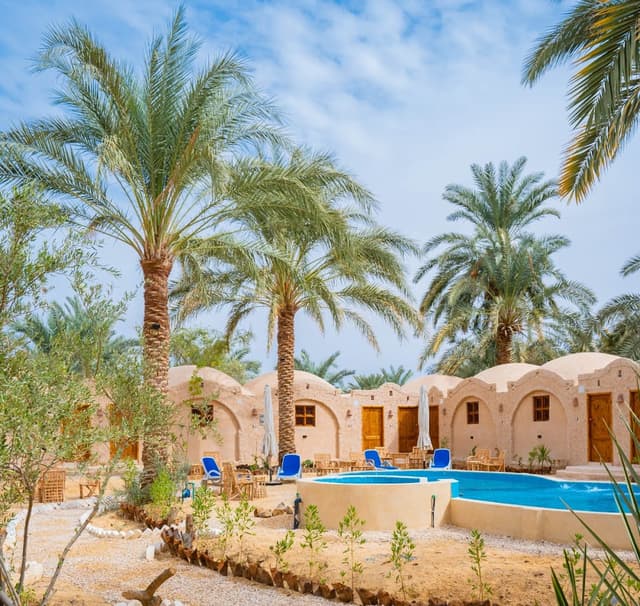

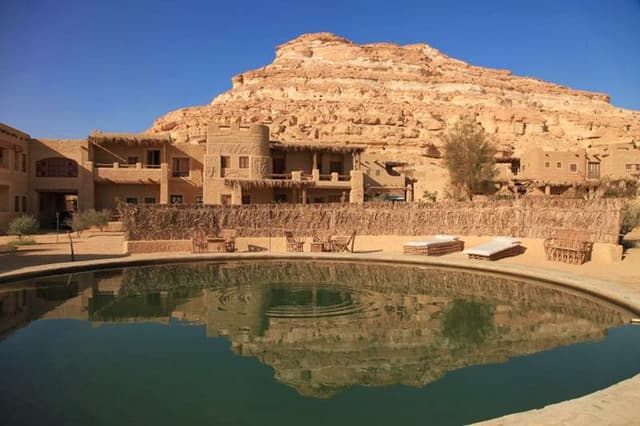
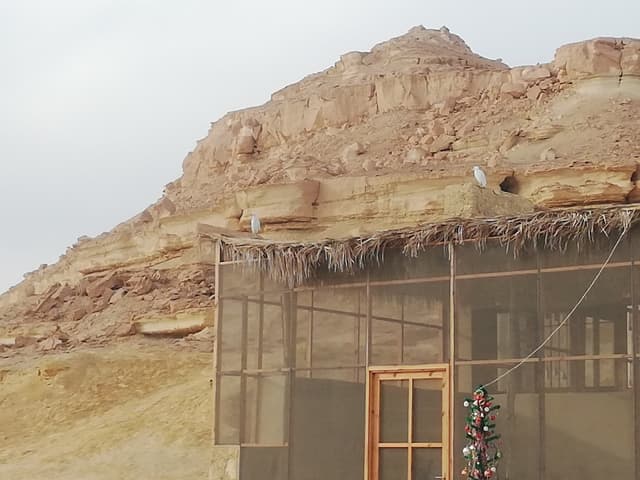
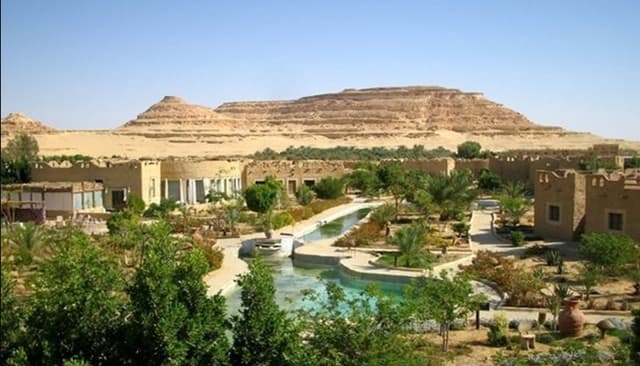
Explore the Shali Fortress
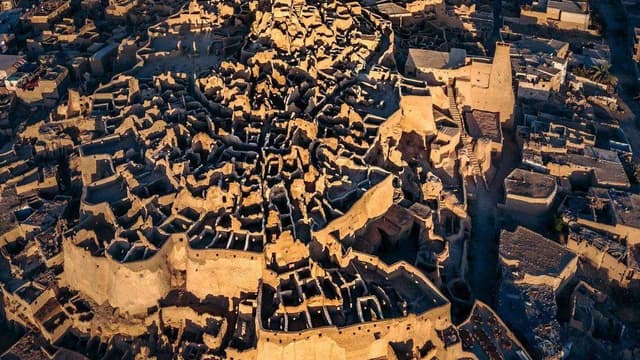
Begin your exploration with the Shali Fortress, an ancient mudbrick fortress that dates back to the 13th century. Wander through its labyrinthine ruins and climb up for panoramic views of Siwa town and the surrounding oasis.
Cleopatra’s Spring

In the afternoon, head to Cleopatra’s Spring, a natural hot spring where legend has it Cleopatra herself once bathed. This is a popular spot for relaxing and cooling off, and a nearby café offers refreshments in a tranquil setting.
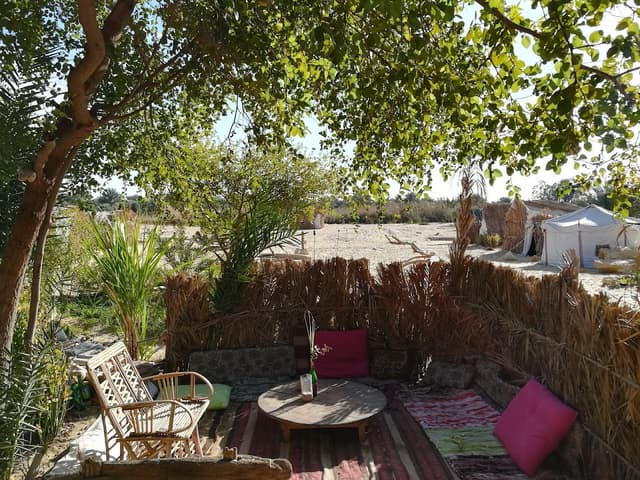
Sunset at Fatnas Island
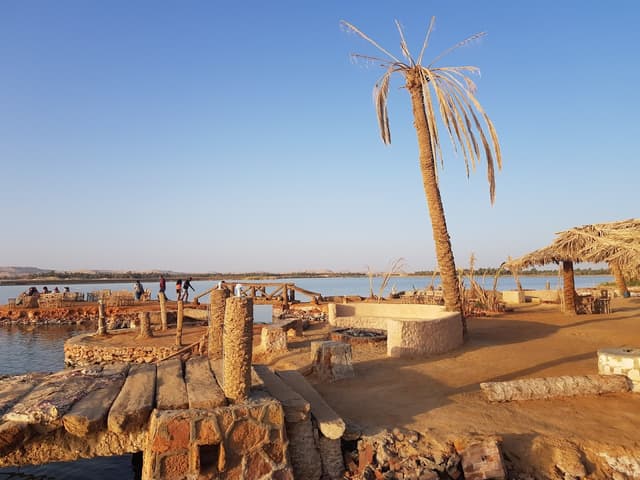
Conclude the day with a visit to Fatnas Island, also known as Fantasy Island, which lies within a saltwater lake surrounded by lush date palms. This spot is famed for its beautiful sunsets over the desert horizon and is ideal for winding down after a day of exploration.
Day 2: Siwa’s Historical and Natural Wonders
The Temple of the Oracle of Amun
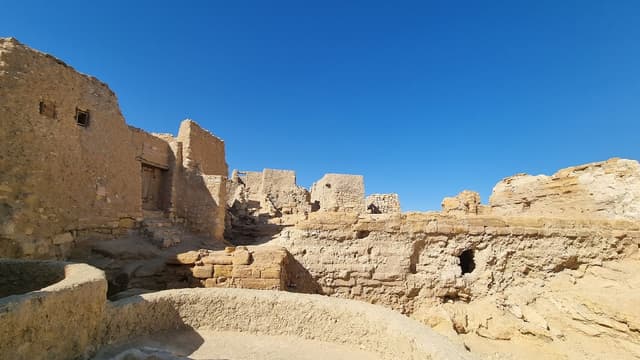
Start the morning by visiting the Temple of the Oracle, one of Siwa’s most significant ancient sites. Built around 570 BC, this temple was famous for its oracle, who was consulted by none other than Alexander the Great before his conquest of Persia. The temple holds a mystical aura, surrounded by legends and situated on a hill with scenic views.
Mountain of the Dead

Head next to Gebel al-Mawta (Mountain of the Dead), a hill dotted with ancient tombs from the Greco-Roman period. The tombs are adorned with well-preserved wall paintings and hieroglyphics, providing insight into ancient burial customs and Siwa’s history as a prominent trading post.
Salt Lakes of Siwa
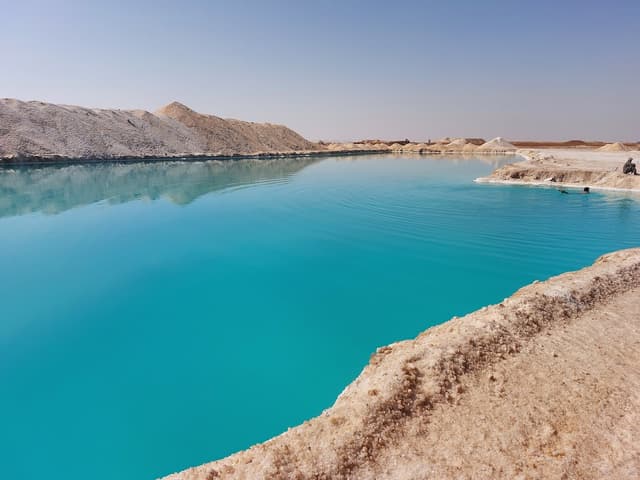
In the afternoon, explore the famous Salt Lakes. The high salt content makes it easy to float, similar to the Dead Sea. The striking turquoise and blue hues of these lakes set against the desert backdrop make for unforgettable photography opportunities, and they’re also known for their therapeutic benefits.
Day 3: Desert Safari Adventure
Great Sand Sea Safari
No visit to Siwa would be complete without venturing into the Great Sand Sea, a vast dune desert extending toward Libya. Embark on a desert safari, which includes activities like dune bashing, sandboarding, and even an opportunity to spot fossils embedded in the sand.
Hot Spring Oasis
As part of the desert safari, take a break at a secluded hot spring where you can soak in warm, mineral-rich waters, offering a refreshing respite from the day’s activities.
Dinner Under the Stars
Wrap up your Siwa adventure with a traditional Bedouin-style dinner under the stars in the desert. Siwa’s isolated location and minimal light pollution make it an exceptional place for stargazing, creating an unforgettable end to your journey.
Additional information about Siwa
Best Time to Visit
Like other desert areas in Egypt, the best time to visit Siwa is during the cooler months, from October to April. Temperatures in summer can reach unbearable highs, while winter and spring are comfortable for exploring and outdoor activities.
Transportation
Due to its remote location, access to Siwa is limited. While there are no flights, private transfers or tours from Cairo are recommended for convenience. Some travelers also choose to combine Siwa with an overland desert trip from other Western Desert oases.
Cultural Etiquette
Siwa is a conservative region with strong traditions. Respect the local customs, dress modestly, and be mindful of local sensitivities, especially when photographing people or private areas.
Eco-Friendly Practices
Siwa is known for its eco-friendly accommodations, so consider staying in an eco-lodge to support sustainable tourism in this fragile desert environment.
Practical Travel Tips for Egypt
Best time to visit
The best time to follow this 12-day Egypt itinerary, considering the destinations and activities offered, is during Egypt’s cooler months, from October to April. This period offers comfortable weather for exploring outdoor sites, diving, and cultural immersion, making it ideal for Cairo, Aswan, Luxor, and Marsa Alam. Here’s a breakdown of what you can expect:
October to April: The Ideal Season
Pleasant Temperatures: Egypt’s peak tourist season falls in winter (December to February), when temperatures are at their lowest. During this time, daytime highs are usually around:
Cairo: 15-25°C (59-77°F)
Aswan and Luxor: 20-30°C (68-86°F), sometimes cooler in January.
Marsa Alam: 20-28°C (68-82°F), perfect for diving and beach activities
Cooler mornings and evenings make it comfortable for exploring Cairo’s bustling markets, Aswan’s serene sites, and Luxor’s temples and tombs, which can be quite intense under the summer sun.
Ideal Conditions for Outdoor Activities
The Red Sea coast, including Marsa Alam, is beautiful year-round, but winter and early spring offer optimal conditions for snorkeling, diving, and stargazing. The visibility is excellent, and the sea temperature remains warm enough (around 22-26°C or 71-79°F) for water activities without the need for heavy wetsuits.
Avoiding Extreme Heat in Luxor and Aswan
In summer, the temperatures in Upper Egypt (Luxor and Aswan) can exceed 40°C (104°F), making it very challenging to explore outdoor sites, especially in the Valley of the Kings or the desert around Aswan. The cooler months, particularly from November to February, offer a much more comfortable climate for visiting these areas.
Fewer Crowds in Shoulder Seasons
October to November and March to April are great months for this itinerary, as the weather is still pleasant, and tourist numbers are slightly lower than in December and January. This makes for a more enjoyable experience, with fewer crowds at popular sites like the Giza Pyramids, Karnak Temple, and Philae Temple.
Timing tips for specific destinations
Cairo: In cooler months, you’ll find it more comfortable to visit the open-air Giza Plateau, where there is minimal shade.
Aswan: January and February are the best for exploring Abu Simbel and enjoying felucca rides without the intense heat.
Luxor: October to February is ideal for visiting tombs and temples. Visiting early in the morning is also a good idea to avoid peak midday temperatures.
Marsa Alam: The Red Sea offers pleasant conditions year-round, but November to April is ideal if you want to avoid Egypt’s hotter inland climate.
Heat season
Through May to September, these months can be extremely hot, especially in Aswan and Luxor, where temperatures often exceed 40°C (104°F).
This heat can make outdoor sightseeing uncomfortable and even dangerous without proper hydration and sun protection.
While Marsa Alam remains relatively pleasant due to the sea breeze, overall travel between these cities is more challenging in summer.
Currency & Payments
Egyptian Pound (EGP) is the local currency. Cash is widely accepted, but major tourist spots will accept credit cards.
Always bring extra cash just in case and ask about payment options first hand.
Language & Communication
(Egyptian) Arabic is the official language. In tourist areas, English is commonly understood. Learning a few phrases in Arabic can enhance your experience.
Health & Safety
Stay hydrated, as Egypt’s climate can be arid. Bring sunscreen and consider UV-protective clothing.
Only drink bottled water, and be cautious with street food if you have a sensitive stomach.
Always carry with you a copy of your passport, any addresses in Egypt that are important, like your hotel's.
Useful apps
Transportation
Uber
A globally recognized brand, Uber offers reliable and convenient ride-hailing services in Egypt.
InDriver
Unique for its "negotiate your fare" feature, inDriver allows passengers in Egypt to suggest their fares for rides, which drivers can then accept or negotiate, giving users more control over their ride costs.
Careem
As a leading app in the Middle East, Careem provides efficient and safe transportation services in Egypt. It's known for its excellent customer service and a variety of ride options to suit different needs.
Didi
Known for its competitive pricing, Didi offers standard ride-hailing services in Egypt, along with features like ride-sharing, which can make trips more affordable.
Swvl
Swvl specializes in providing bus and van-sharing services in Egypt, offering an app-based booking system that allows users to reserve seats on fixed-route buses and vans for daily commutes.
Pink Taxi Egypt
Targeting female passengers, Pink Taxi Egypt offers rides with female drivers for added security and peace of mind, catering specifically to the needs of women in Egyptian society.
Mwasal Misr
This app is unique as it focuses on bus transportation services in Egypt, offering an alternative to traditional taxi services by providing information on bus routes, schedules, and fares.
Food delivery
Otlob
Uber Eats
Pharmacy delivery
Talabat
Vezeeta
Yodawy
Chefaa
Cultural Etiquette
Dress modestly, especially in religious or rural areas. In major cities like Cairo, the dress code is more relaxed, but respecting local customs is appreciated.
Ask for permission before taking photos of people, particularly in rural or conservative areas.
Thank you for joining me in this one of a kind journey!
This 12-day Assassin's Creed Origins-inspired itinerary is designed for the adventurous traveler looking to dive deep into Egypt’s history, experience its culture, and witness firsthand the locations that inspired Ubisoft’s digital portrayal of ancient Egypt. With each day meticulously crafted, you’ll connect with Egypt’s rich heritage, from monumental pyramids and temples to the tranquility of the Red Sea.
This guide not only provides an immersive, game-inspired journey but also includes all the practical insights and cultural tips needed for a smooth, unforgettable adventure in Egypt. Enjoy your journey, and may your memories be as legendary as Bayek’s own!
Disclaimer
This itinerary and article are unofficial and fan-created, inspired by the historical settings of Assassin’s Creed Origins by Ubisoft. It is not affiliated with, endorsed by, or in any way connected to Ubisoft, and does not intend to replicate or plagiarize any copyrighted content of the games or the company. This travel guide is designed solely to inspire fans of the Assassin’s Creed series who wish to explore Egypt’s real-life historical sites and landscapes. All references to Assassin’s Creed Origins are made in admiration of the game’s portrayal of Egypt and its cultural heritage.
The home for unique & authentic travel


